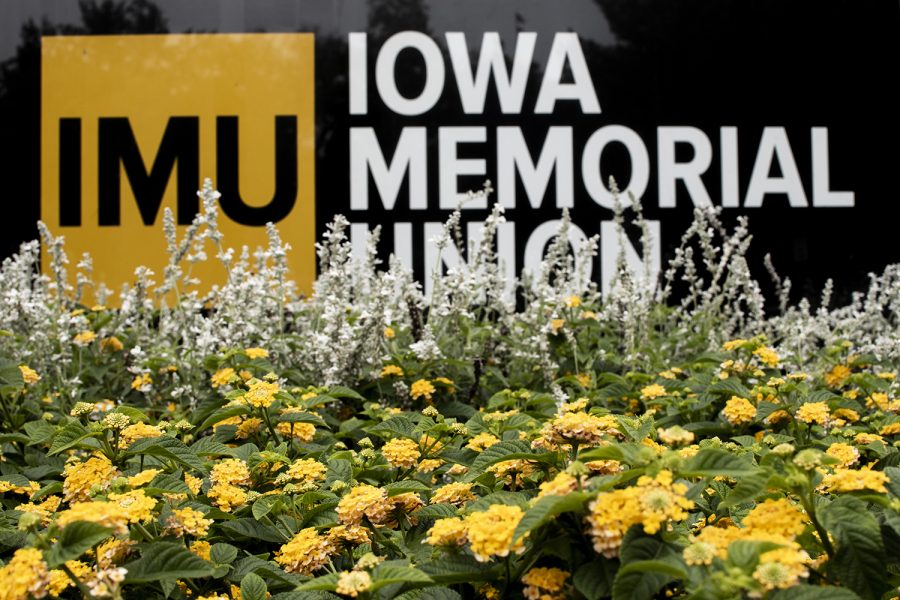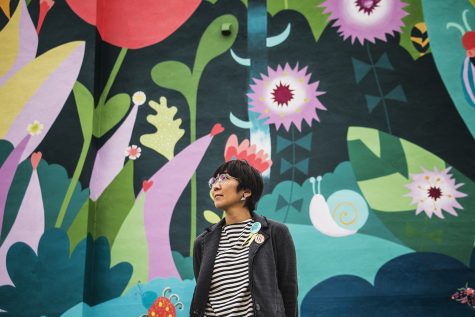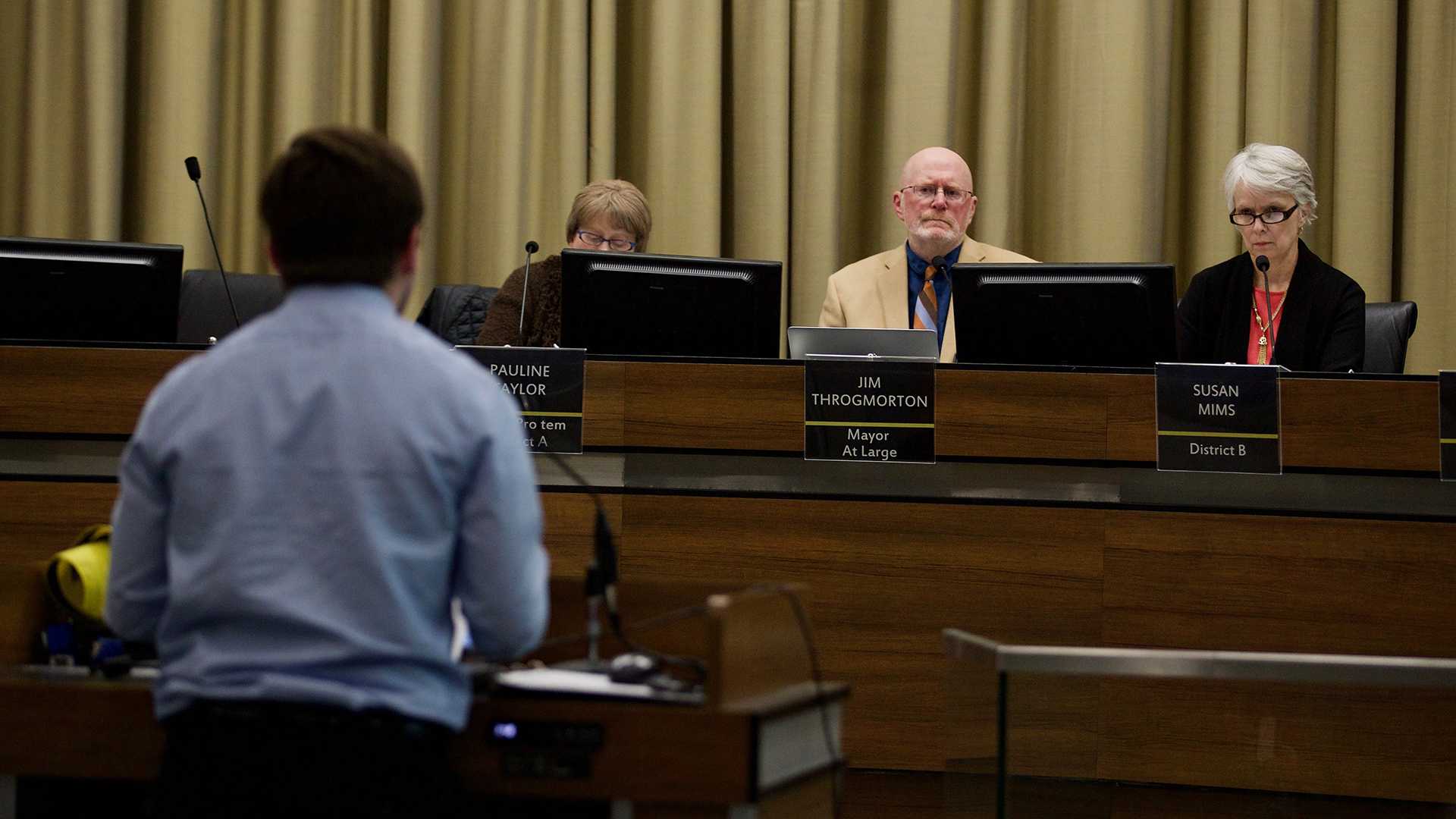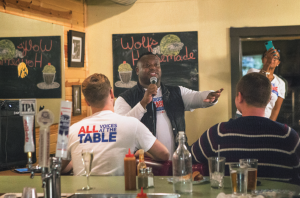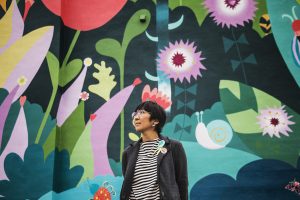IMU garden aids pollinator insect populations
UI engineering students have designed a pollinator garden at the IMU to support butterfly and bee populations.
The Iowa Memorial Union is seen on Monday, Oct. 1, 2018.
October 3, 2018
Bees and butterflies, among others, have found a home behind the IMU thanks to a student project to promote pollinator populations, and that has had success over the summer attracting the insects.
The IMU now features a garden chock-full of plants specifically chosen to attract bees and butterflies, including butterfly weed, black-eyed Susan, and beebalm. Blanket flower, pale coneflower, and calamint also add to the spread of flowers.
The garden was designed in a collaborative effort between Facilities Management and the engineering class Sustainable Systems.
As an end-of-the year project, 2018 engineering graduates Tony Kirrish, Luke Kottemann, and Jon Smith initiated the idea and helped construct the garden in April.
They worked together to design the garden, choose plant species, and find a location.
“When we were designing this garden, we wanted [medium-height] plants that attracted bees and butterflies and a combination of native and other plants that attract bees and butterflies,” said Michael Rhinehart, the supervisor of UI Landscape Services. “We narrowed it down to ones that did well on campus and worked in the location we wanted to plant them.”
Rhinehart commended the former students’ work ethic and creative ideas.
“They planted 400 plants in like half a day,” he said. “They really worked hard, and it turned out great. It bested even our top expectations.”
The garden, located between the IMU and the river in narrow beds, has had success among insect populations.
Rhinehart said that as soon as the plants began flowering, all types of bees arrived. He counted around 50 butterfly larva on the butterfly weed.
“We actually had a whole new generation of monarchs. One of the plants in particular was butterfly weed, which we chose and planted specifically for monarch butterflies,” Rhinehart said. “I was surprised that the very first year, as soon as they started flowering, monarchs came and laid eggs.”
The pollinator garden addresses the real issue of declining bee populations. Jim Davis, a local beekeeper and secretary of the East Central Iowa Beekeepers Association, said bee diseases and environmental factors are some of the biggest threats to the insects.
He said lack of plant diversity, urban sprawl, and pesticides and other chemicals contribute to the problem. Transporting bees can also result in the spread of insect diseases.
RELATED: ‘Beekeeping 101’ creates a buzz about ‘to bee or not to bee’
Because many plants rely on pollination from specific types of bees, bees’ population decline could indicate the loss of many plants, Davis said.
“We were out there two years ago in the almond fields, and it’s just mile after mile of almond trees. They primarily do rely on the honeybee,” he said. “If something were to come and kill [honeybees], then that whole industry would go down the tube.”
Davis said some of the best things people can do to support bee populations is plant bee-friendly plants and minimize the spraying of chemicals such as Roundup.
With the planting of pollinator-supporting flowers, the IMU garden contributes to the future generations of bees on the campus.
“The UI Landscape Services team takes pride in contributing to student success through collaborative projects such as the pollinator garden,” said Wendy Moorehead, the strategic communication manager for UI Facilities Management.



